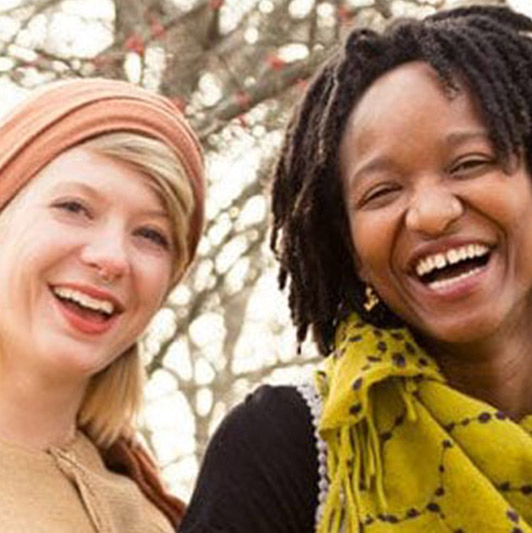Teenager Freed From Painful Periods After Early Endometriosis Diagnosis

July 24, 2024
Five months before her twelfth birthday, Annika Veillette of Freehold, New Jersey, got her first period. While a girl’s first period can be memorable, Annika’s was “not super eventful,” the 17-year-old remembers.
What eventually followed, after her first menses, was years of increasing and serious pain.
Each one got more and more painful, and the bleeding became heavier. Over time, Annika experienced a host of miseries, including bloating so extreme she looked three months pregnant and pain so terrible she passed out at school. Doctors she saw when she was 14 didn’t provide much guidance, saying her pain was just “cramps” and she should wait it out.
“They said, ‘Wait wait a couple months, and it’ll regulate itself. Then it was another six months, the two-year mark, the three-year mark—but they never did regulate or improve,” Annika recalls.
Endometriosis Diagnosis at K. Hovnanian Children’s Hospital
By the time she was 16, Annika was frustrated with the lack of progress and her continued pain, which she refused to let keep her out of school, but did curtail social activities. She began researching her symptoms online and looking for a new doctor. “It was really important to me that I saw someone that I would trust because it was really tough to be told ‘Everything’s normal; you’re fine,’ when I knew something was wrong,” she says.
Then, during an online search, she found Heather Appelbaum, M.D., chief of pediatric and adolescent gynecology at K. Hovnanian Children’s Hospital at Jersey Shore University Medical Center, and she called to make an appointment. “I’ve seen doctors at Jersey Shore before, and I really liked my experience there,” she says.
From her first appointment with Dr. Appelbaum, Annika knew she’d found a partner. “She immediately listened to my concerns and gave me options,” Annika says. Dr. Appelbaum even had a possible diagnosis—endometriosis.
The World Health Organization reports that about 10% of girls and women worldwide have endometriosis, a painful condition in which the tissue that lines the uterus is found in other places in the body where it shouldn’t be, such as the bowel, rectum, fallopian tubes and ovaries. It can bleed and cause scar tissue to form that can cause blockages, pull on the tissue of other organs and irritate nerves.
Various global studies have found that from the onset of symptoms to a diagnosis can take an average of five to ten years and sometimes much longer.
“Endometriosis, especially in adolescents, can be a difficult diagnosis to make,” says Dr. Appelbaum “A variety of things can cause pelvic pain, including endometriosis. If we can make this diagnosis early, we’re in a unique position to prevent fertility problems down the line and improve quality of life for the long term.”
Endometriosis Pain Relieved With Surgery
At this time, endometriosis can only be definitively diagnosed through surgery. After first trying hormone therapy, Annika eventually opted for minimally-invasive laparoscopic surgery, which uses small incisions and a camera to examine pelvic and other organs. In March 2024, during the surgery, Dr. Appelbaum found significant endometriosis. She surgically removed the tissue that had grown outside of the uterus. With no cure for endometriosis yet, Annika will continue to receive hormone therapy as a proactive effort to prevent tissue growth recurrence.
With a definite diagnosis of endometriosis and wanting to help further understanding of the condition, Annika chose to enroll in the ROSE (Research Outsmarts Endometriosis) Study, which is seeking to determine the causes of endometriosis and develop better treatments.
In the months since her surgery, she has had some painful flare-ups, but nothing like before. She feels much better, she says, and more confident about advocating for herself. “There are a lot of phrases that are used with women in the healthcare space, and a lot of women’s pain gets blamed on ‘being dramatic’ or having ‘anxiety,’ which is absolutely ridiculous, because the pain is real,” she says. “Nobody knows your body like you do, and you really have to advocate for yourself no matter what anyone says.”
Next Steps & Resources
- Meet our source: Heather Appelbaum, M.D.
- To make an appointment with a pediatric and adolescent gynecologist near you, call 800-822-8905 or visit our website.
- Learn more about pediatric and adolescent gynecology at Hackensack Meridian Children’s Health.
The material provided through HealthU is intended to be used as general information only and should not replace the advice of your physician. Always consult your physician for individual care.






